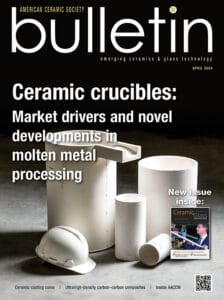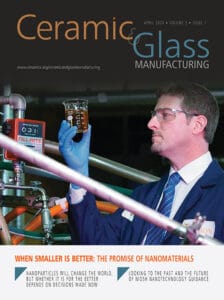 Dr. Santokh Badesha is a Corporate Fellow and Manager of Open Innovation at Xerox, responsible for leading inter-organizational efforts with both internal and external value chain partners, building academic and industrial partnerships, and providing critical technical support for product programs. These strategic partnerships design and execute front-end research to design, develop, and deliver functional materials, components, and marking subsystems. In addition, he is a technical liaison to a number of academic institutions for talent development and acquisition, and collaborative research. He is also an Adjunct Innovation Professor at Purdue University.
Dr. Santokh Badesha is a Corporate Fellow and Manager of Open Innovation at Xerox, responsible for leading inter-organizational efforts with both internal and external value chain partners, building academic and industrial partnerships, and providing critical technical support for product programs. These strategic partnerships design and execute front-end research to design, develop, and deliver functional materials, components, and marking subsystems. In addition, he is a technical liaison to a number of academic institutions for talent development and acquisition, and collaborative research. He is also an Adjunct Innovation Professor at Purdue University.
Dr. Badesha received his Ph.D. in organic chemistry from the Punjab Agricultural University and then received a second Ph.D. from the University of East Anglia, U.K. He holds 258 U.S Patents that have also been filed in multiple foreign countries. This makes him one of the most prolific inventors ever in the history of Xerox Corporation. He has an additional 50+ U.S. patent applications on file with the USPTO and are at different stages of patenting process. In addition, he has over 55 peer reviewed key scientific publications and presentations in international scientific journals and professional society’s conferences.
Dr. Badesha was elected to the National Academy of Engineering in 2021, “for developing materials enabling the broad use of laser printing and the creation of color laser printing.” In 2021, he was also elected to the National Academy of Inventors, and named Honorary Member of the Society for Imaging Science and Technology for “long and outstanding contributions to the science and the development of digital printing systems.” Xerox awarded Badesha the President’s Award, four Excellence in Science & Technology Awards, and named him to the prestigious Xerox CEO Club and Innovation Group Hall of Fame. He also received the Distinguished Inventor of the Year Award from the Rochester Intellectual Property Law Association.
Presentation title: Foundational role of non-oxide glass to enable electrophotographic printing and creation of Xerox Corporation
Abstract: The presentation will start with an historical review of how chalcogenide-based metallic glass, originally explored by Haloid Inc and Battelle Memorial Institute, led to its eventual use in electrophotography, resulting in a multi-billion-dollar business for Xerox and its supplier base. Innovative efforts will be described in the creation of nanoparticulate materials, specifically semiconductive chalcogenides leading to Se/Te/As chemical alloying process, their reclamation from scrap alloys, tailoring of their electrical properties in chalcogens-based photoreceptors, and alloy fractionation control. The presentation will close with a description of the transformation of photoreceptor technology from metallic glasses to multilayer organic configuration.
Subscribe to Ceramic Tech Today

Don’t miss the latest ceramic and glass materials news. Receive the CTT newsletter to your email three times a week by subscribing at this link.
Subscribe to Ceramic & Glass Manufacturing Weekly

Don’t miss the latest ceramic and glass business news. Receive the C&GM Weekly newsletter to your email every Monday by subscribing at this link.


